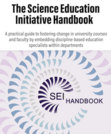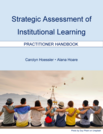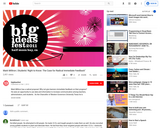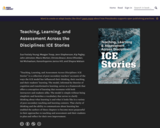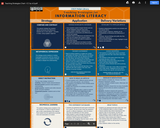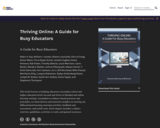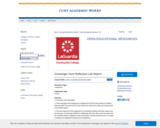
A. Scavenger Hunt Description This Scavenger Hunt Assignment is designed for the First Year Seminar for Natural Sciences (NSF 101) and the First Year Seminar for Liberal Arts: Math and Science (LMF 101) (STEM majors).The main objective of this assignment is to familiarize students with their campus and its resources, to encourage students to collaborate with each other, and to be aware that the scientific method is applied to solve any problem, not just scientific issues. It is meant to address the Integrative Learning Core Competency. Students are given the entire class time (at least two hours) to complete the assignment. For LMF sections, I often add more clues, because the class runs for an additional hour. I have the students report back to class, so we can discuss and share their experiences and explain the follow-up Lab Report Reflection. For LMF sections the discussion is after the 2 hours allotted for the clues. The NSF section discusses the Scavenger Hunt and follow-up Lab Report Reflection the next class following the Scavenger Hunt group activity. The Lab Report Reflection is due the week following the discussion, but students may hand it in before the due date. The Reflection is written as a STEM lab report/abstract format, using the Claim, Evidence, Reasoning, & Rebuttal (CERR) method, which is used within the Natural Sciences Dept. for all STEM classes. The CER method is the Scientific Method, which uses more ordinary language. So instead of making a hypothesis, students make a testable claim. I write CERR method, which includes the second, to remind students to include possible contradictions, challenges, and/or rebuttals to experiments they do, and the research they find reading scientific journals. This assignment is worth 5% of students' total grade, 2.5 % for the actual hunt and 2.5% for the reflection. I do not take off points for students that complete the hunt alone because they were absent. The penalty is having to do the assignment on their own time.
- Subject:
- Life Science
- Physical Science
- Material Type:
- Homework/Assignment
- Provider:
- CUNY Academic Works
- Provider Set:
- LaGuardia Community College
- Author:
- Padilla, Angela
- Date Added:
- 06/16/2022
